Satellite mega-constellations in our skies are growing, and so is space debris. A new European Space Agency (ESA) initiative involving a “swarm” of satellites aims to tackle the problem before it’s too late. If successful, the mission could provide the pivotal data required to precisely forecast and avert potential satellite and debris collisions.
Space debris or “space junk” is becoming an astronomical problem. This week, the U.S. government slapped a company with its first-ever fine for leaving space junk in orbit. The gravity of the issue? There are over 50,000 pieces of orbital debris tracked by the Space Surveillance Network, while a staggering 170 million smaller pieces, potentially as lethal as grenades and bullets, remain untraceable. They present immense collision risks, endangering astronauts, driving up satellite launch costs, and even threatening budding space-faring nations.
In a timely initiative, the University of Warwick has unveiled a project named “Revealing the Orbital and Atmospheric Responses to Solar Activity” (ROARS). The mission plans to combat space debris using a “swarm” of satellites.
What Will The Satellite Swarm Do To Alleviate Space Debris?
This “swarm” concept involves dispersing scientific tools across multiple linked smaller satellites, offering observational capabilities that surpass traditional large satellites. “This mission concept seeks to comprehensively understand how space weather deposits energy into our upper atmosphere, and how this threatens the satellites we increasingly depend upon for our day-to-day lives,” says principal investigator Dr. Ravindra Desai, from the University of Warwick, in a statement.
Why is this crucial? Last February, 40 Starlink satellites were lost due to solar storms heating the Earth’s upper atmosphere and disturbing their paths. Solar storms are not only responsible for the breathtaking Northern and Southern Lights but can also disrupt satellite trajectories.

The team’s approach utilizes CubeSats, small satellites the size of a microwave, to operate in Low Earth Orbit (LEO), only 500 km above Earth. These CubeSats will gather vital measurements to predict and avoid satellite and debris collisions.
“We hope this will provide a step change in our ability to safely use our space environment and enables ESA’s Terrae Novae vision to provide Low Earth Orbit as a safe haven for further exploration of the moon and Mars,” adds Dr. Desai.
‘Important We Act Now Before It’s Too Late’
Professor Don Pollacco, also from Warwick, emphasizes the urgency of the matter. “In 2009, a hypervelocity collision between an active Iridium satellite and defunct Kosmo satellite created thousands of additional pieces of debris. Satellites are currently being launched at an exponentially increasing rate and resultant orbital congestion means that it is a matter of when, not if, another major collision will occur,” he says. “It is important that we act now before it is too late, and many orbits become unusable.”
Lastly, ensuring these CubeSats don’t add to the space junk problem, they’re designed for collision avoidance and a safe deorbit within five years after their lifecycle.
The ESA, recognizing the importance of such initiatives, released a £86 million (€100 million) campaign earlier this year, and out of 74 submissions, selected seven for Phase 0 funding, including Warwick’s concept.
With this project, the sky might just be a tad cleaner and safer for the next generation of explorers.
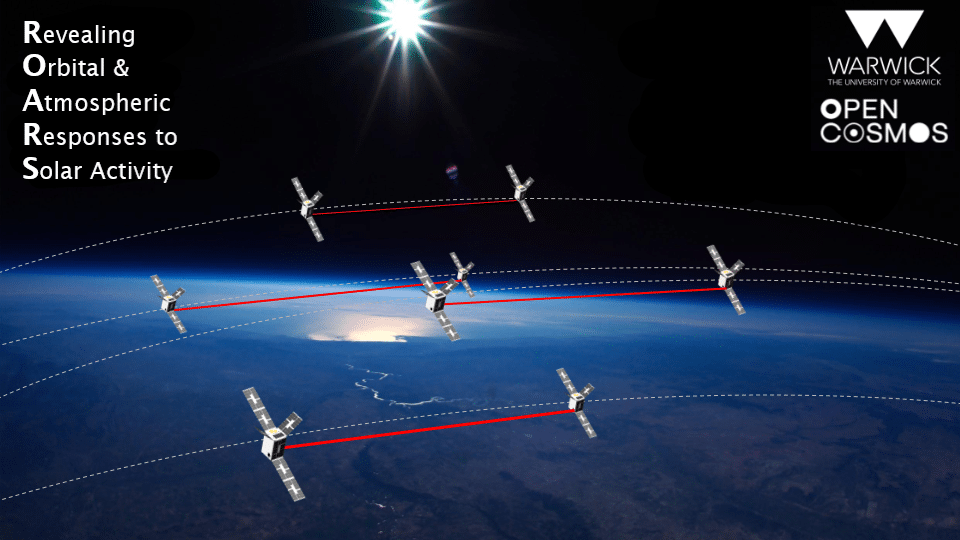


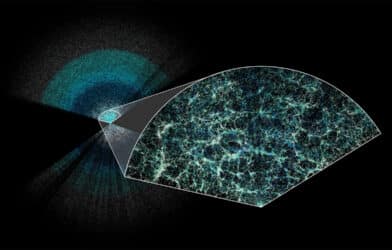
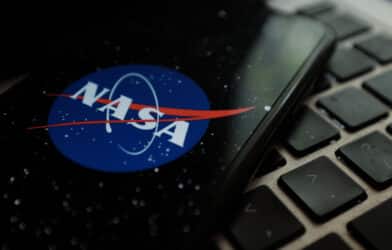
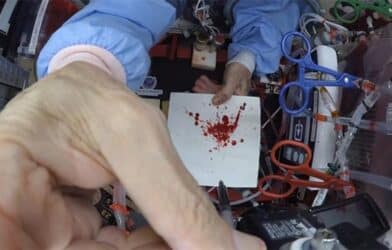
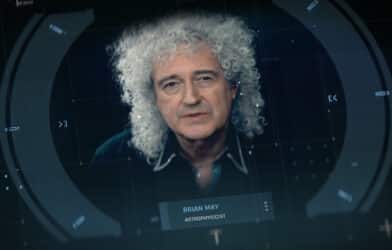






I’m sure this would Never be used as an anti – Sat . weapon .